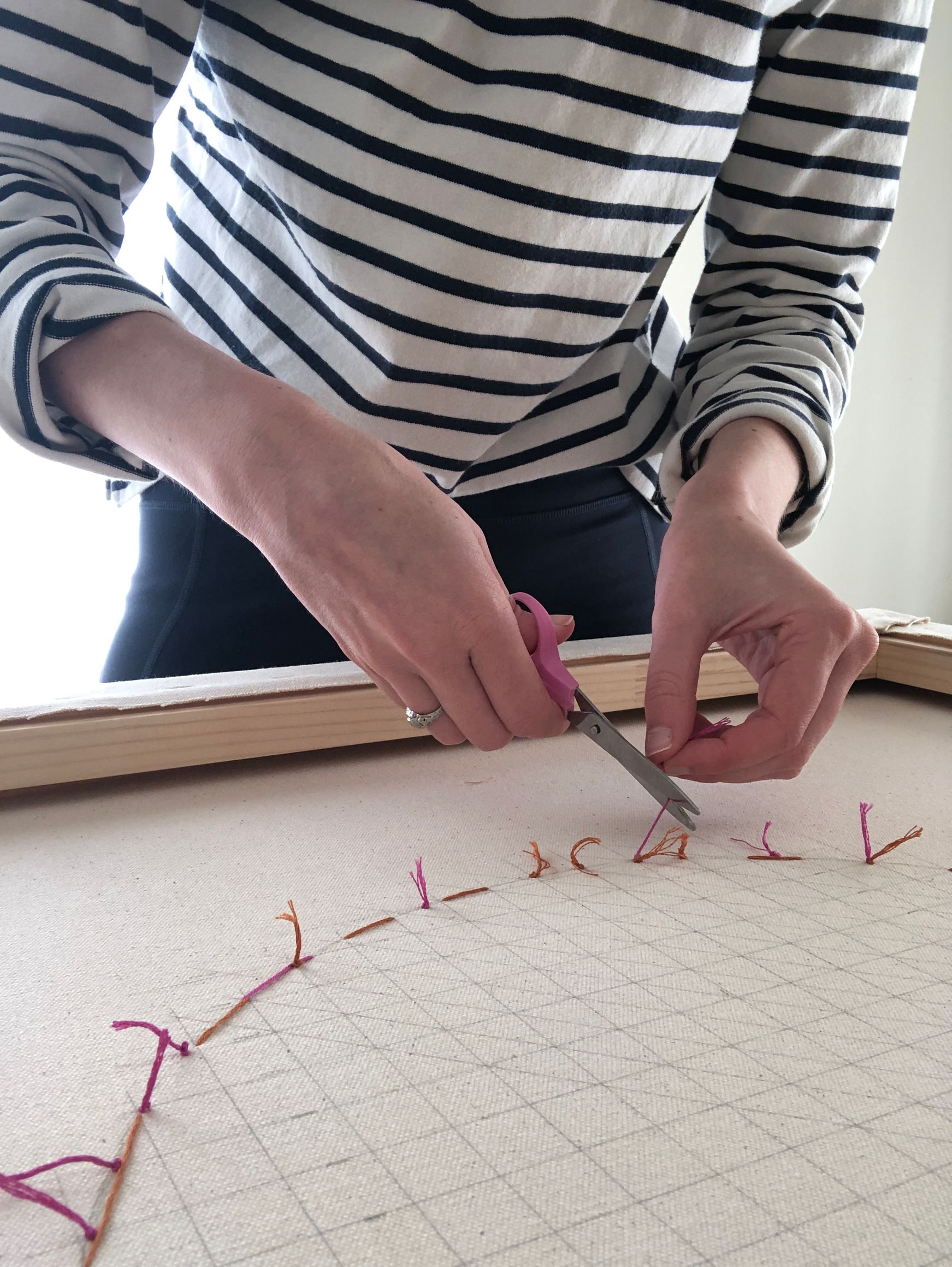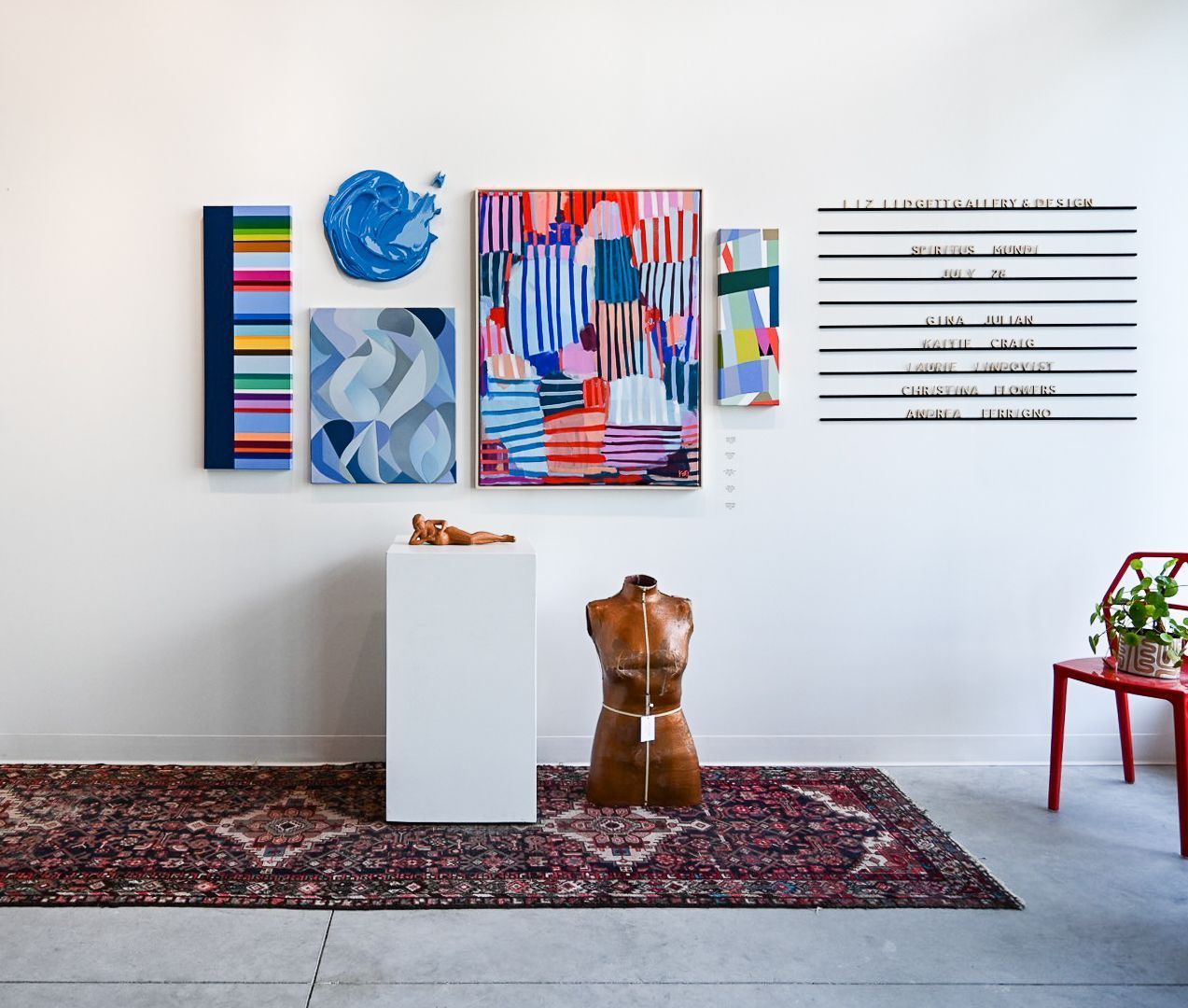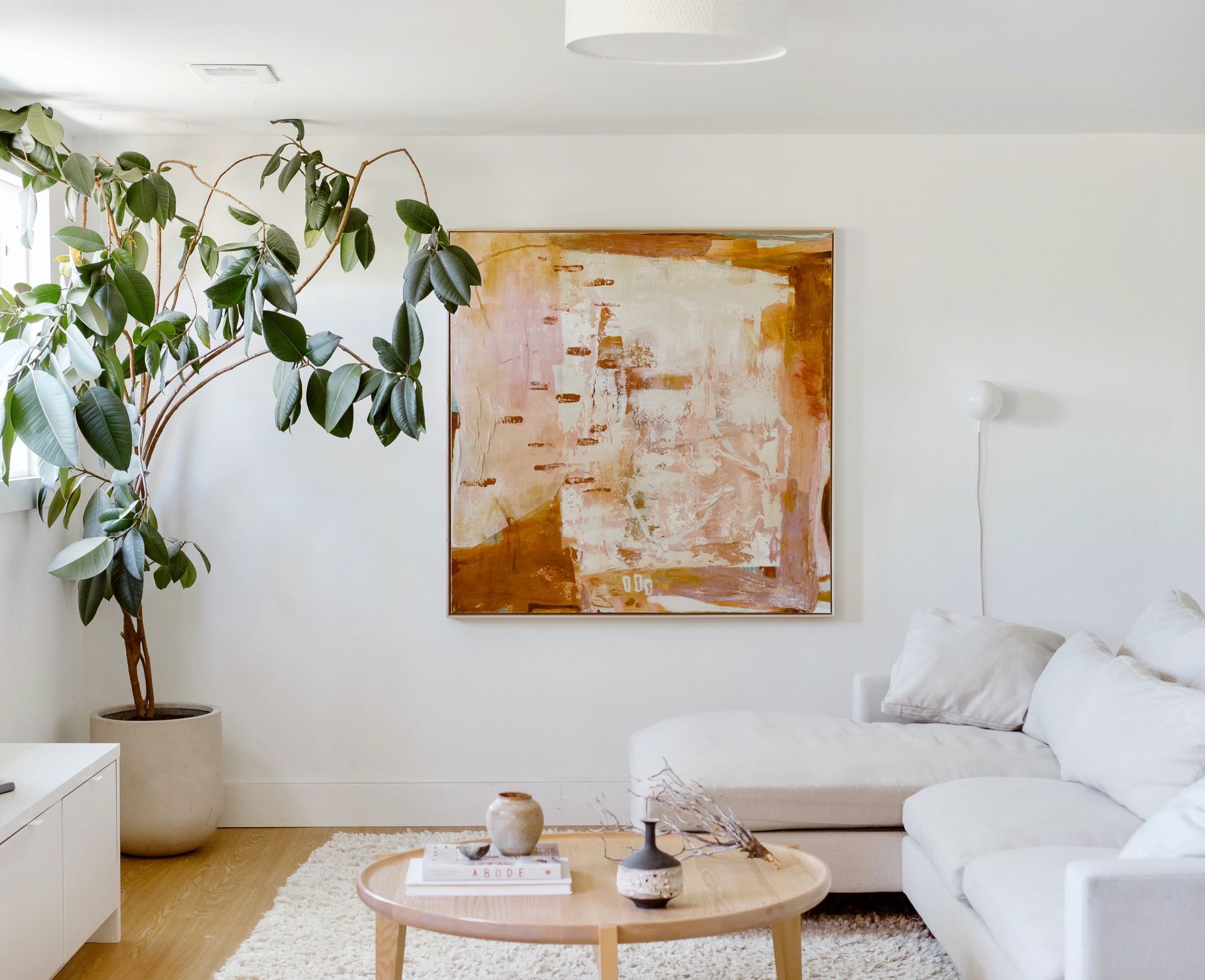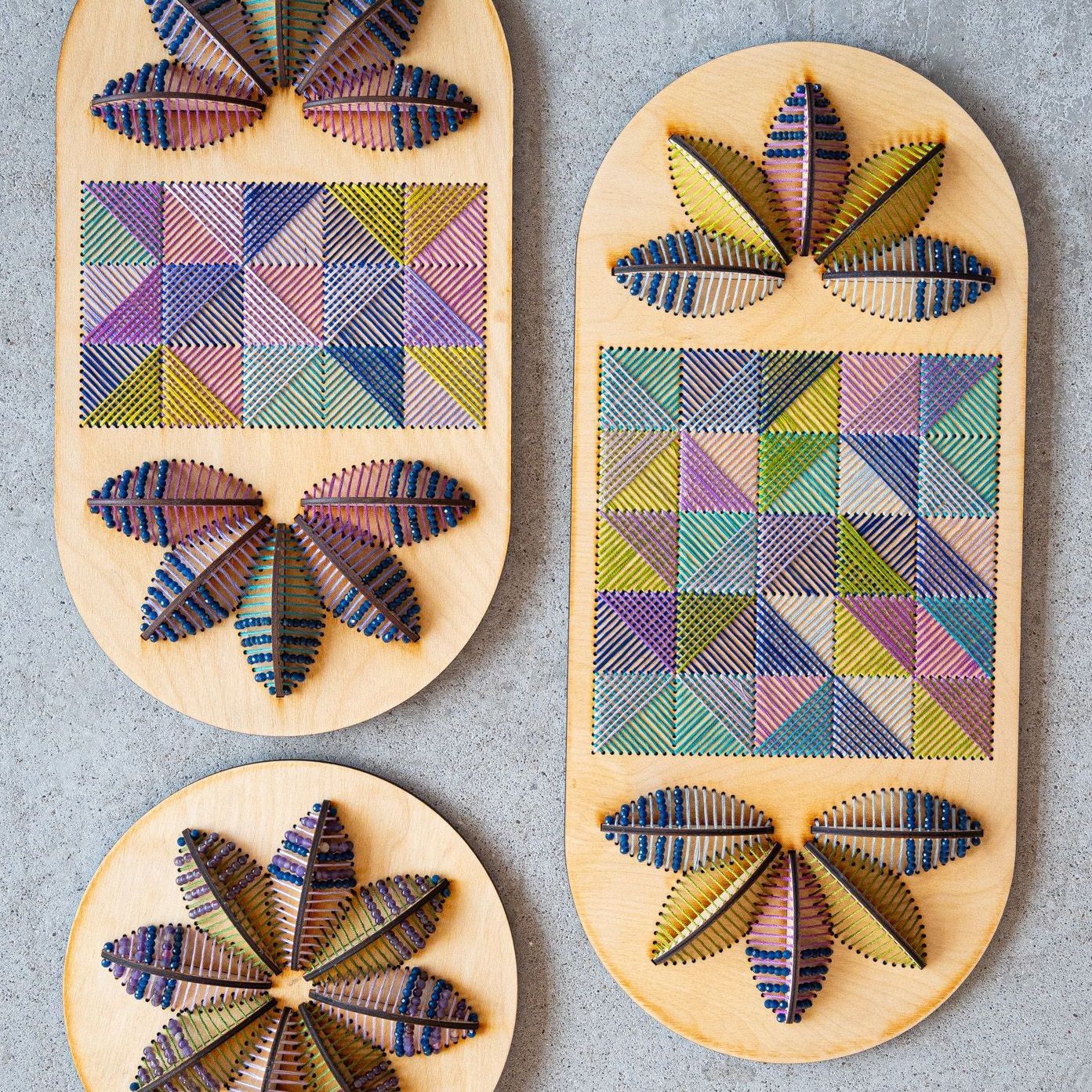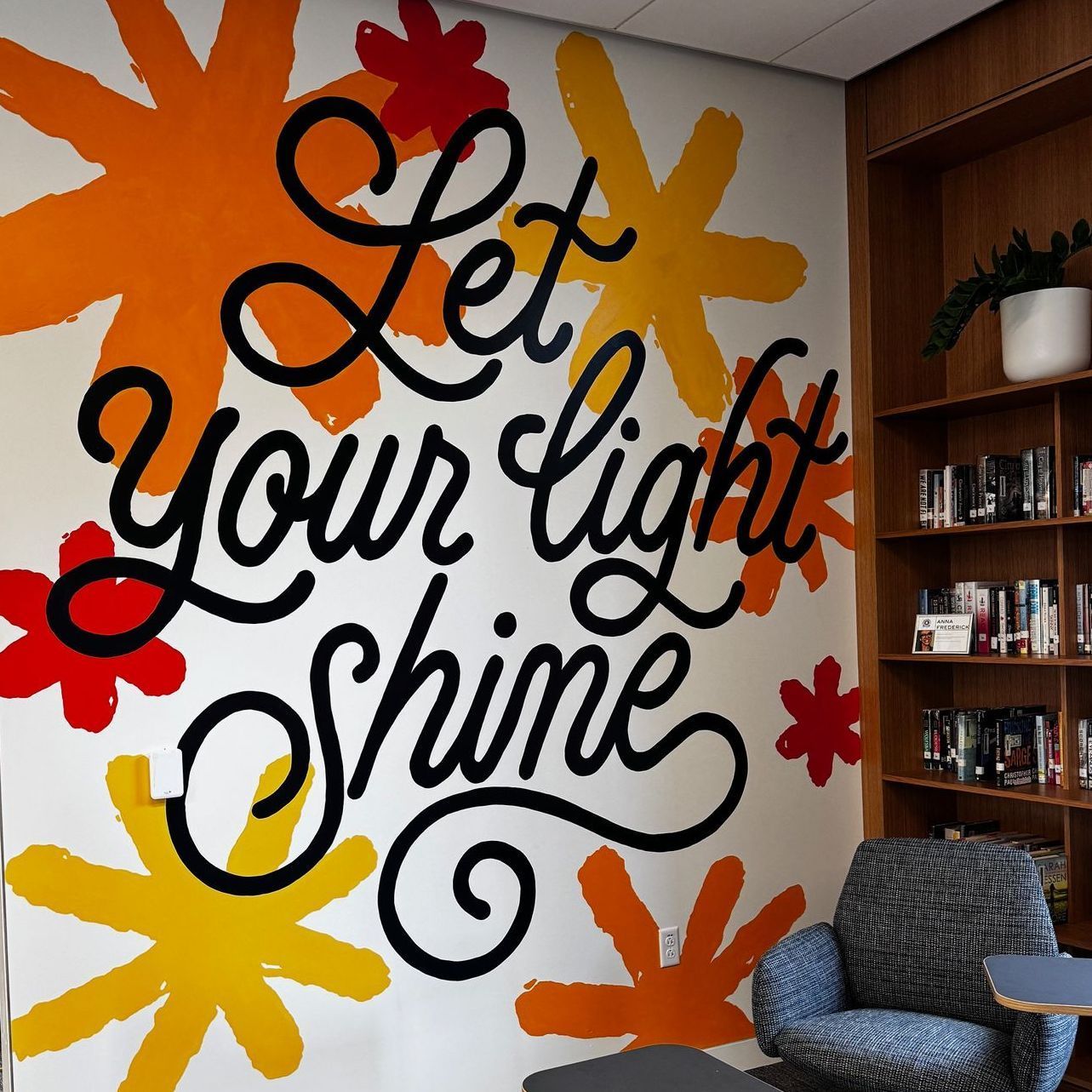The Do's of Buying Art
- By Liz Lidgett
- •
- 08 Aug, 2023
Whether you're a beginning or seasoned art collector, here's 5 major do's when buying art.
1. DO
get to know the artist and their medium. Art is personal, and getting to know the creator of a piece is important. Try to learn more about their process and how that artist creates. It can help you feel even more connected to the piece. Artist Emily Keating Snyder creates paintings featuring large color blocks, then meticulously embroidering the canvas. She enjoys blending fine art and craft together in her pieces.
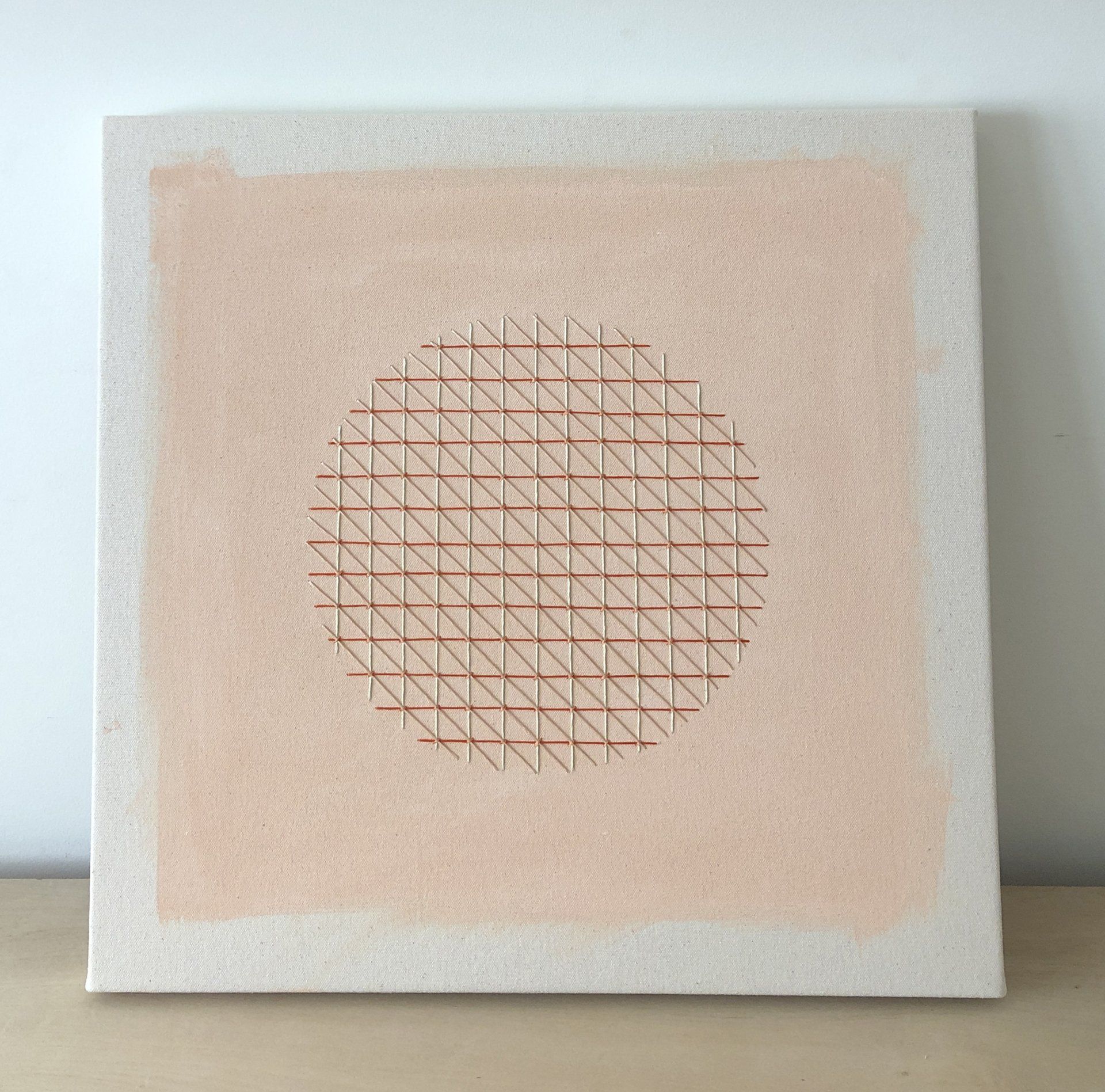
2. DO
know your budget and where you would like the piece to go. Take a look around your space. Where would you like to add a statement piece that would bring you joy? What size would be best there? How much are you willing to spend? Karin Olah, a South Carolina artist, creates pieces for every budget and space. From smaller pieces at $450 to large works at $1,400—she creates with every collector and size in mind.
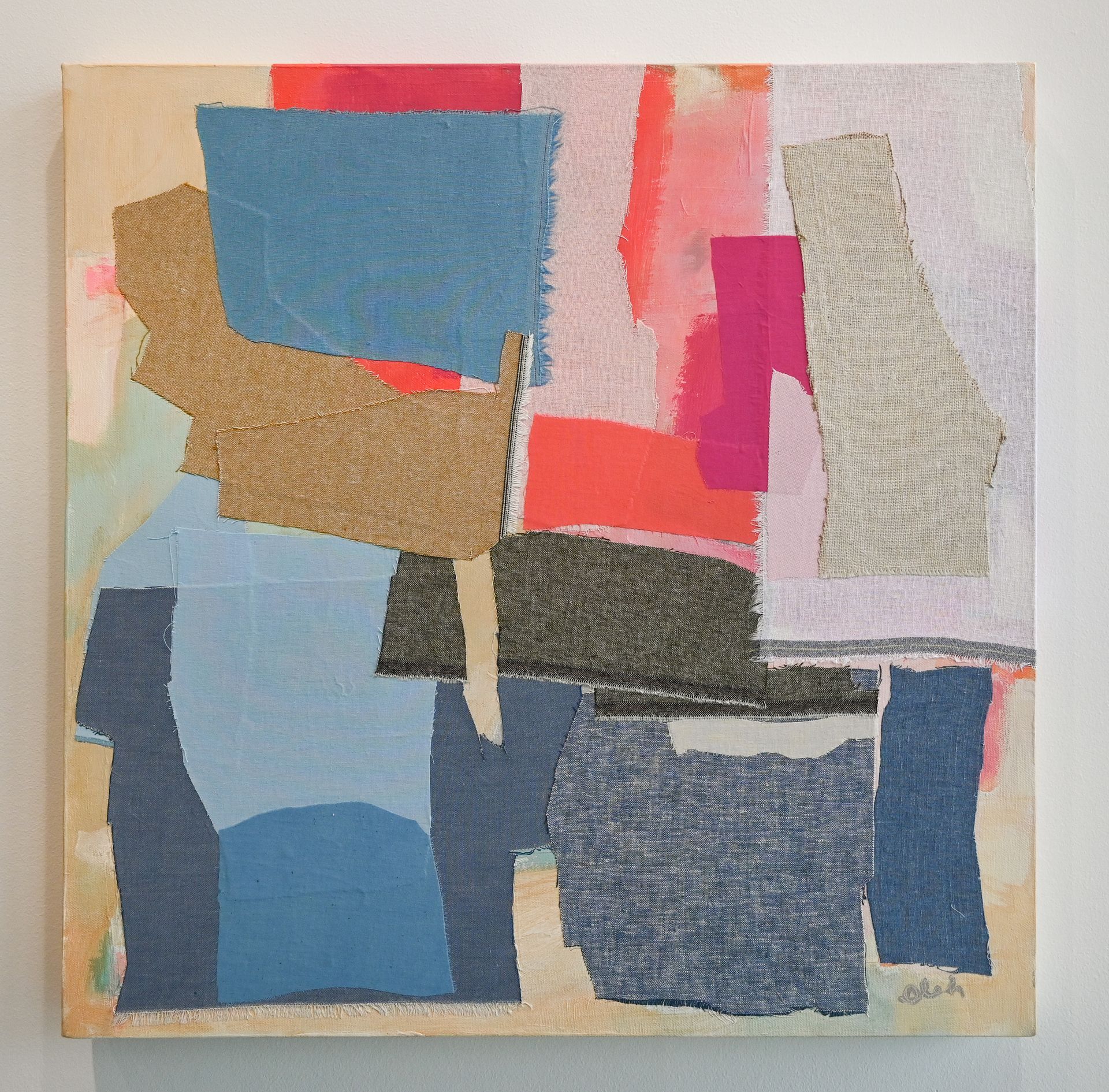
3. DO
consider shipping costs as a part of your budget. It can vary by size and value. Feel comfortable asking shipping costs when inquiring about artwork. A wood piece like Angie Barker's Who I'm Meant to Be may require a bit more packaging to ensure safe travels, and the large size may increase shipping costs. Asking the gallery for a shipping estimate when interested in a piece is always welcome.
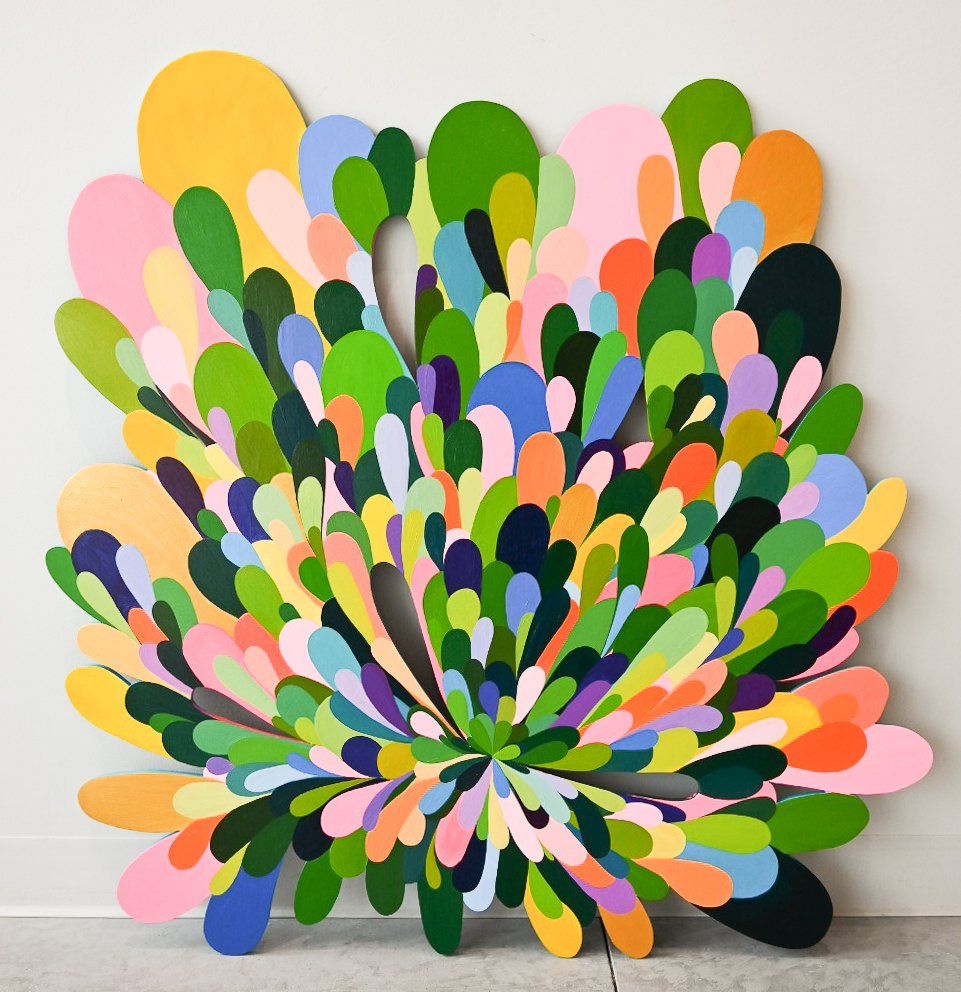
4. DO
keep a file with information on the artist and the gallery. Keep this for your records!
5. DO
buy what you love. This is what matters most! Explore artists, mediums, practices, and prices. Find art that resonates with you. If you feel a connection to the artwork, you will enjoy it for years to come.


